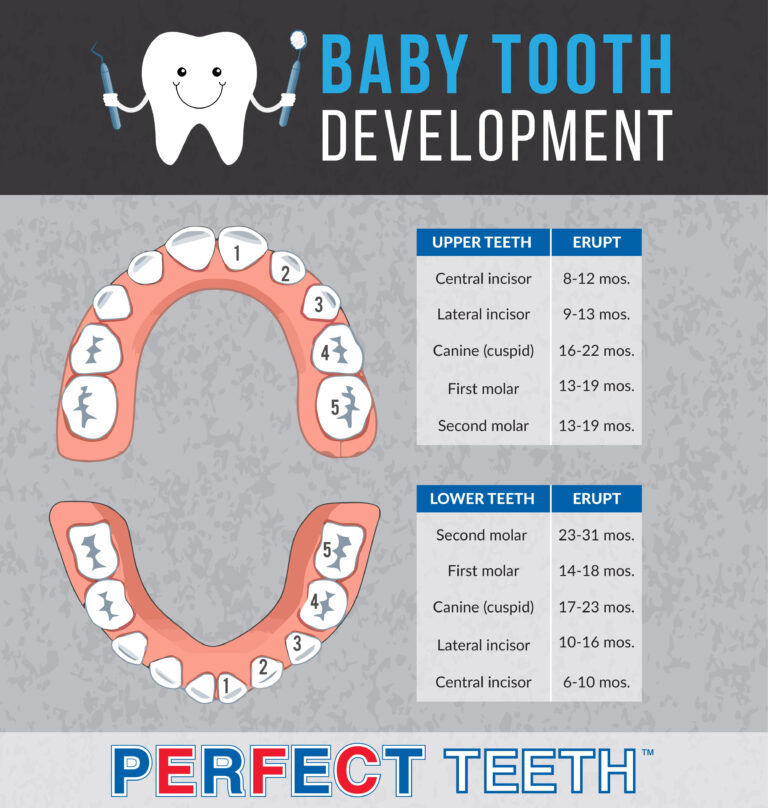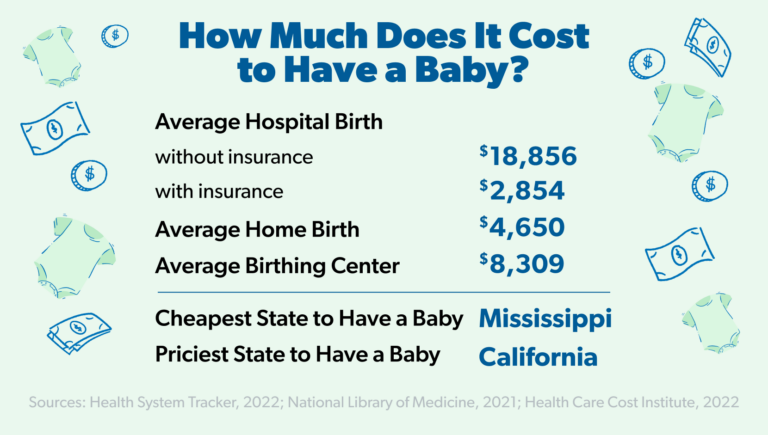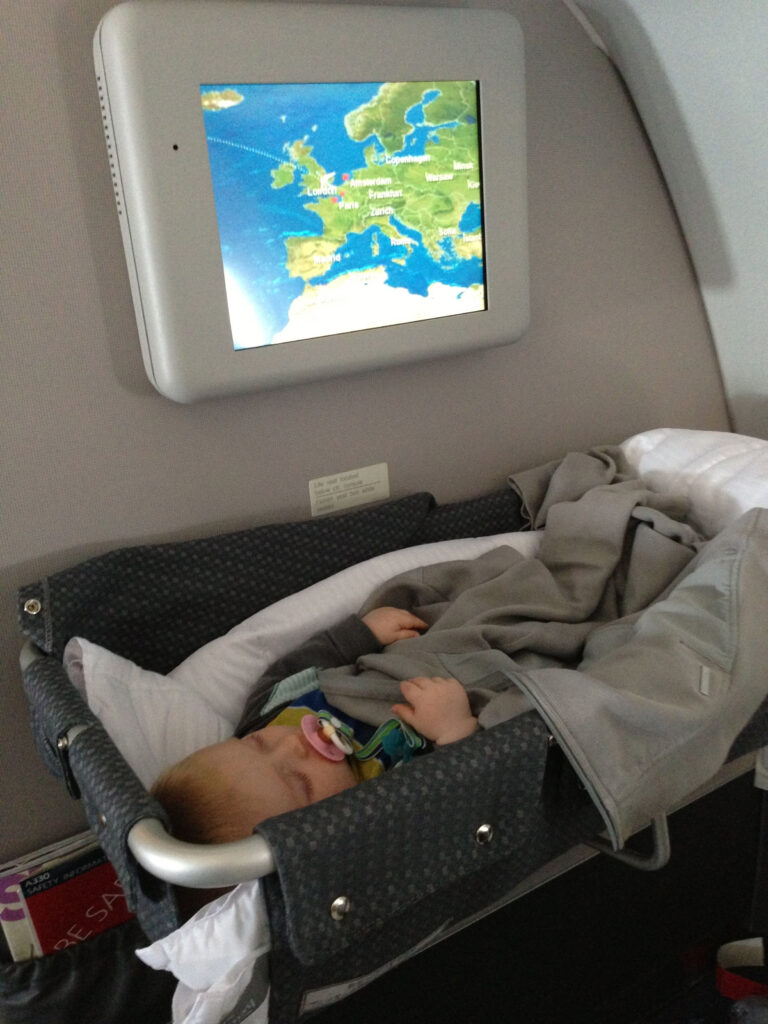Benefits of skin-to-skin contact while carrying a baby: A Complete Guide
Discover the amazing benefits of skin-to-skin contact while carrying a baby and how it can positively impact both the baby and the parent.
From regulating body temperature to promoting bonding, skin-to-skin contact offers a myriad of advantages that extend beyond the physical realm.
Benefits of skin-to-skin contact for the baby
Skin-to-skin contact is not just a warm and fuzzy moment; it actually provides numerous benefits for the baby’s well-being. Let’s dive into some of the key advantages below.
Regulates the baby’s body temperature
When a baby is held skin-to-skin, the caregiver’s body temperature helps regulate the baby’s temperature, keeping them warm and comfortable. This is especially crucial for newborns who are still learning to control their own body heat.
Promotes bonding between the baby and the caregiver
The close physical contact during skin-to-skin time fosters a deep bond between the baby and the caregiver. It creates a sense of security and trust for the baby, leading to emotional development and attachment.
Stabilizes the baby’s heart rate and breathing patterns
Studies have shown that skin-to-skin contact can have a calming effect on babies, leading to more stable heart rates and breathing patterns. This can be particularly beneficial for premature or low birth weight infants.
Helps in the baby’s weight gain and overall growth
The skin-to-skin contact not only provides comfort but also encourages breastfeeding, which is essential for the baby’s nutrition and growth. The physical closeness stimulates the baby’s appetite and can contribute to healthy weight gain over time.
Benefits of skin-to-skin contact for the parent

Skin-to-skin contact between a parent and their baby is not only beneficial for the infant but also for the parent. This practice has numerous advantages that contribute to the overall well-being of the parent-child relationship.
Release of oxytocin and its role in promoting parental bonding
When a parent engages in skin-to-skin contact with their baby, the body releases oxytocin, often referred to as the “love hormone.” This hormone plays a crucial role in promoting feelings of love, attachment, and bonding between the parent and the baby. The surge of oxytocin helps strengthen the emotional connection and fosters a deep sense of affection towards the child.
Reduction of parental stress and anxiety
Skin-to-skin contact has been shown to reduce stress and anxiety levels in parents. The physical closeness and intimacy experienced during this practice can have a calming effect on the parent, leading to decreased cortisol levels and overall relaxation. This reduction in stress not only benefits the parent’s mental health but also enhances their ability to care for and nurture their baby effectively.
Facilitation of breastfeeding initiation and success
One of the significant benefits of skin-to-skin contact for parents is its role in facilitating breastfeeding initiation and success. The close contact between the parent’s skin and the baby’s skin triggers natural breastfeeding instincts in the infant and promotes successful latching. This practice helps establish a strong breastfeeding relationship early on, leading to improved milk production and better feeding experiences for both the parent and the baby.
Emotional benefits for the parent in feeling connected to the baby
Engaging in skin-to-skin contact with the baby provides parents with a profound sense of emotional connection and closeness. The physical touch and warmth exchanged during this practice create a bond that transcends words and fosters a deep emotional attachment. Parents often report feeling more in tune with their baby’s needs and emotions, leading to a heightened sense of parental fulfillment and satisfaction.
Health benefits of skin-to-skin contact
:max_bytes(150000):strip_icc()/GettyImages-1583963575-335d780dd5f34aa2bb5d7d5709c1dc70.jpg?w=700)
Skin-to-skin contact offers a myriad of health benefits for both the baby and the parent. Let’s delve into some of the key advantages it provides.
Boosting the baby’s immune system
Skin-to-skin contact plays a crucial role in boosting the baby’s immune system. When the baby is held close to the parent’s skin, they are exposed to beneficial bacteria that help strengthen their immune response. This contact also promotes the transfer of antibodies from the parent to the baby, providing added protection against illnesses.
Regulating the baby’s blood sugar levels
Another significant benefit of skin-to-skin contact is its ability to help regulate the baby’s blood sugar levels. The warmth and comfort provided during this contact can aid in stabilizing the baby’s blood sugar, especially important for newborns who may experience fluctuations in glucose levels.
Reducing the risk of postpartum depression in parents
Skin-to-skin contact has been shown to reduce the risk of postpartum depression in parents. The close physical connection and bonding that occurs during this contact can enhance feelings of closeness and emotional well-being, helping parents cope better with the challenges of new parenthood.
Improving the baby’s sleep patterns
Skin-to-skin contact can also contribute to improving the baby’s sleep patterns. The soothing touch and comforting presence of the parent can help the baby relax and fall asleep more easily. This can lead to better quality sleep for both the baby and the parent, promoting overall well-being and development.
Common Queries
How does skin-to-skin contact regulate the baby’s body temperature?
Skin-to-skin contact helps the baby maintain a stable body temperature by utilizing the caregiver’s body heat.
What role does oxytocin play in promoting parental bonding during skin-to-skin contact?
Oxytocin, known as the “love hormone,” is released during skin-to-skin contact, strengthening the bond between the parent and the baby.
Can skin-to-skin contact reduce parental stress and anxiety?
Yes, skin-to-skin contact has been shown to lower stress and anxiety levels in parents, promoting a sense of calm and connection.
How does skin-to-skin contact help in improving the baby’s sleep patterns?
Skin-to-skin contact has a soothing effect on babies, leading to better sleep patterns and improved overall rest.





